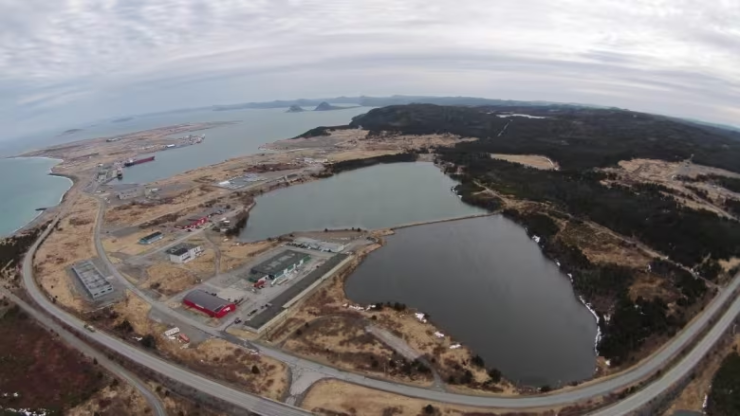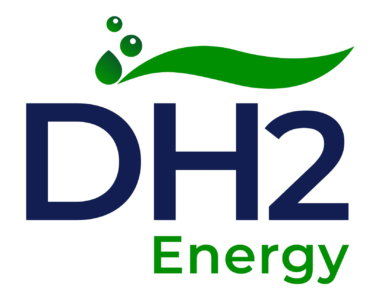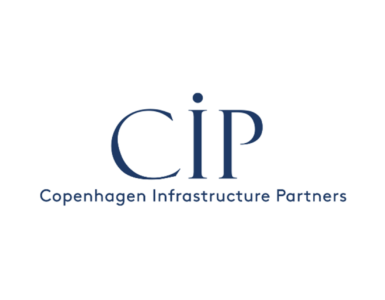Hydrogen race – Pattern Energy pulls ahead of the pack, inks deal for private land in Port of Argentia.
As the government of Newfoundland and Labrador weighs the merits of 19 different green hydrogen projects on Crown land, one company has jumped out to a head start by going the private route.
U.S.-based Pattern Energy has inked a deal with the Port of Argentia to use 6,000 acres of industrial and forest land owned by the port. The two sides announced their “binding agreement” morning, following talks that lasted several months.
Dwight Ball, now the chair of Argentia Capital Inc., a joint venture between the port and Torrent Capital, said:
🔥 What about we co-host a webinar? Let's educate, captivate, and convert the hydrogen economy!
Hydrogen Central is the global go-to online magazine for the hydrogen economy, we can help you host impactful webinars that become a global reference on your topic and are an evergreen source of leads. Click here to request more details
This agreement sets the stage for Pattern Energy to continue development on this exciting project.
Pattern Energy is one of the companies awaiting a decision from the provincial government on whether they can use Crown land to build windmills. What sets Pattern Energy apart, however, is the access to Argentia’s private land — even if the company doesn’t get the province’s approval, it can still move ahead pending an environmental assessment.
That gives them a leg up in what’s become an increasingly competitive market.
Pattern’s proposal is also smaller than some of the others, with Stage 1 using all private land to operate a 300-megawatt wind energy facility. The windmills would power an electrolyzer, which produces hydrogen to be converted into ammonia. The ammonia would then be shipped from the port to foreign markets.
Pattern Energy also sets itself apart by emphasizing the end product as ammonia, rather than hydrogen. While other companies have talked about the potential in converting the ammonia back into hydrogen to fill Europe’s energy demands, Pattern Energy believes there’s a big market for ammonia in things like fertilizer.
Erika Taugher, Pattern Energy’s, noting challenges with storage, transport and scaling production, said:
When I talk about hydrogen, people talk about this thing that’s way far out in the future, and I think in some ways it is.
“When I think through uses today, and ways that we can really impact and reduce carbon emissions today, that is the ammonia market.”
The ammonia market has existed since the early 1900s but was rarely a topic of mainstream discussion until the Russian invasion of Ukraine. Global food prices began to rise due in large part to rising costs of farming inputs, with one of the steepest increases being in fertilizer. That’s because Russia is one of the world’s largest producers of ammonia.
Taugher said Pattern Energy sees an opportunity in stabilizing the ammonia market, which is heavily dependent on a few countries for the bulk of the world’s production. And, she says, the first stage of the project can succeed without access to Crown land.
“That project alone is going to produce 400 tonnes per day of green ammonia, about 80 tonnes a day of green hydrogen, and that is absolutely a sizable amount for us to take on, especially in Phase 1,” she said. “When we think through the off-take challenges, that Phase 1 sizing is really a sweet spot for us.”
Benefits for Argentia
It’s also a sweet spot for the Port of Argentia, which expects “significant wealth, business opportunities and employment for our region for decades,” according to the port’s board chairperson Genny Picco.
While the terms of the agreement were not made public, the port said in a press release that they include land lease rates, priority berthing charges, royalties on ammonia sales, and a wind royalty on any electricity sales from the wind farm. The agreement also allows Argentia Capital Inc. to co-invest as a limited partner in the project.
The project is expected to require 250-300 jobs in the construction phase, including heavy equipment operators, electricians, labourers and more. If it moves to the second phase, the project could ramp up to as much as 1.2 gigawatts of wind energy — more than the capacity of the Muskrat Falls megaproject in Labrador. The total cost? A whopping $5.4 billion.
Pattern Energy has 38 renewable energy facilities in the United States, Canada, Japan and Mexico, with an operating capacity of 6,000 megawatts. Argentia is the company’s first foray into the emerging sector of green hydrogen and green ammonia.
There are currently no green hydrogen facilities in the world producing at the scale being proposed by the companies bidding in Newfoundland and Labrador.
The provincial government is expected to announce which projects, if any, will receive final approval to use Crown lands by early July.
READ the latest news shaping the hydrogen market at Hydrogen Central
Hydrogen race: Pattern Energy pulls ahead of the pack, inks deal for private land in Argentia, June 5, 2023








